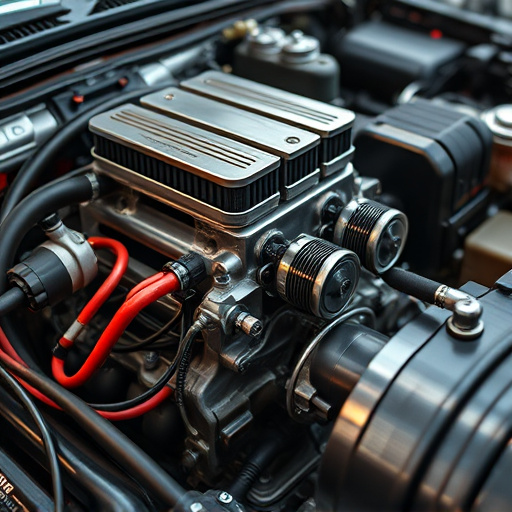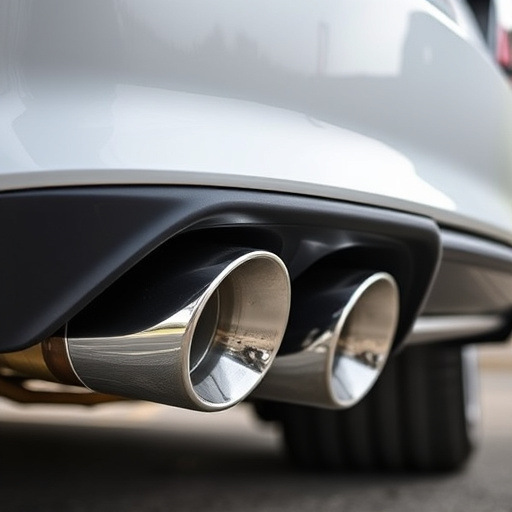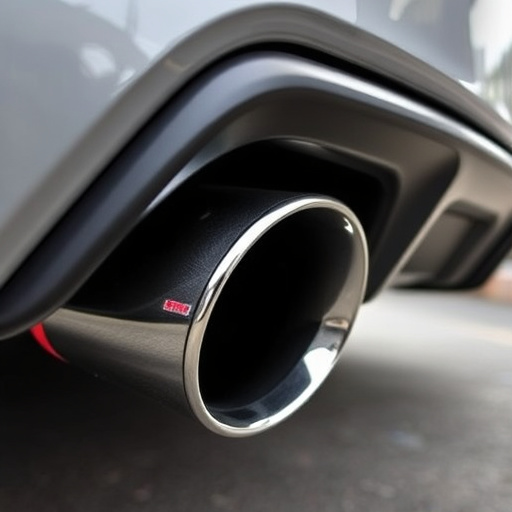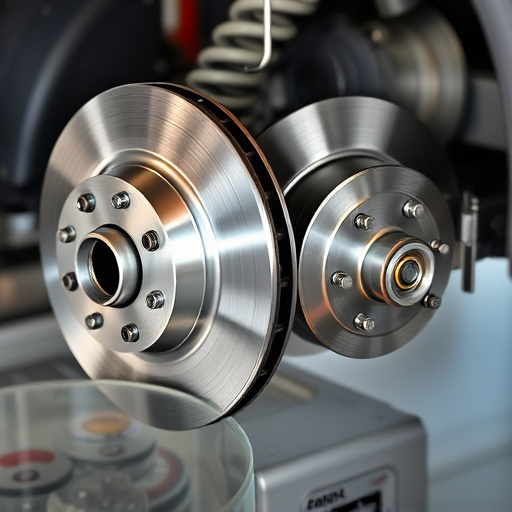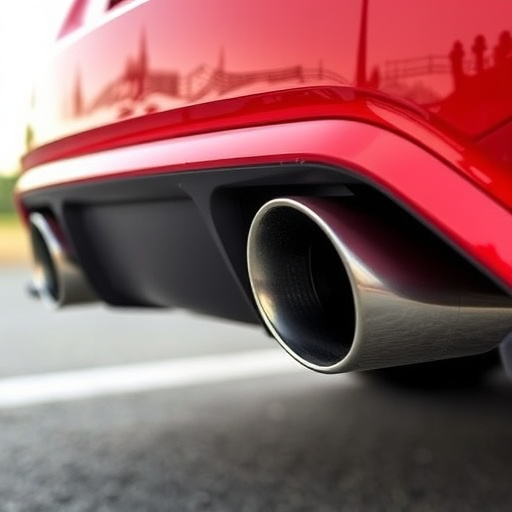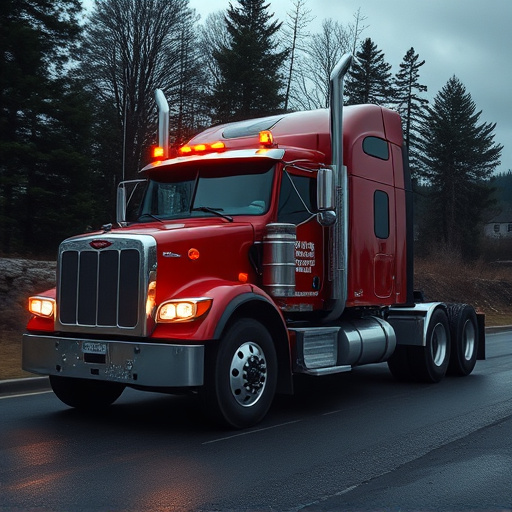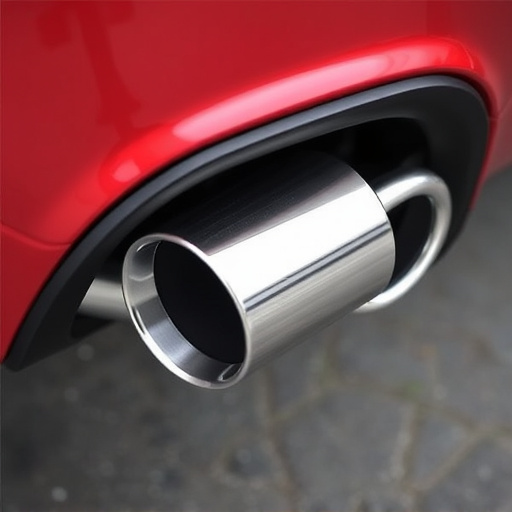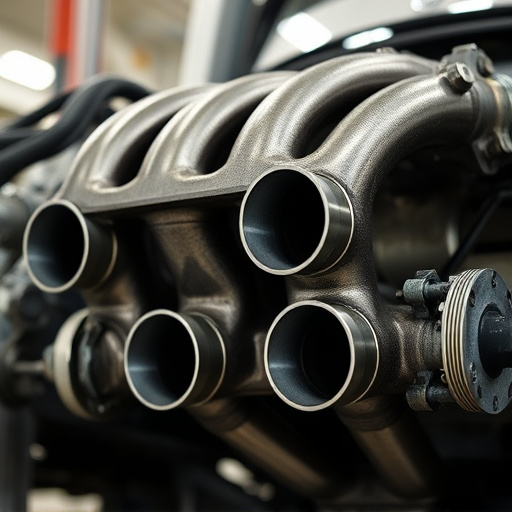A turbocharger system boosts engine power through forced induction, compressing air for improved combustion efficiency and performance. Key components include a turbine powered by exhaust gases, a compressor to force air into cylinders, and an ECU for control. Upgrading intake components along with proper maintenance enhances vehicle dynamics, acceleration, top speed, fuel efficiency, and reduces emissions. Modern turbochargers feature advanced technologies for optimal performance across wide engine speeds, but regular tuning and maintenance are crucial for durability.
“Unleash the power within your engine with a deep dive into the world of turbocharger systems. This comprehensive guide breaks down the intricate workings of this advanced technology, revealing how it boosts performance and enhances efficiency. From the basic components that make up these powerful devices to their profound effects on engine output, we explore every facet.
Learn about the benefits and considerations of adopting a turbocharger system, offering an invaluable resource for enthusiasts and automotive professionals alike.”
- The Basic Components of a Turbocharger System
- How a Turbocharger Boosts Engine Performance
- Benefits and Considerations for Turbocharged Engines
The Basic Components of a Turbocharger System
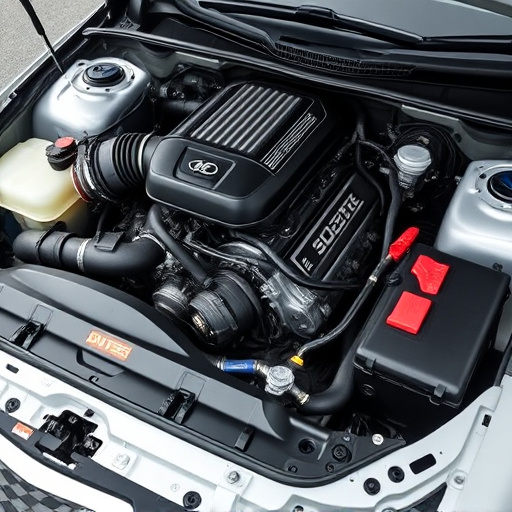
A turbocharger system is a complex yet powerful mechanism designed to boost an engine’s power and performance. At its core, it consists of several key components working in harmony. The primary elements include the turbocharger itself, which is essentially a centrifugal compressor; an intake manifold that channels air into the compressor; and an exhaust gas system that drives the turbine side of the turbo. The turbocharger also relies on an electronic control unit (ECU) to monitor and adjust its operation based on engine speed and load.
These basic components are interconnected in a unique way. When exhaust gases from the engine flow through the turbine, it spins at high speeds, which in turn drives the compressor. The compressor draws in ambient air, compresses it, and forces it into the engine’s cylinders via the intake manifold. This forced induction results in increased air density and more fuel can be burned, leading to improved engine performance, especially under high-performance conditions. Upgrading intake components, such as those offered by coilover kits, combined with a well-maintained turbocharger system, can significantly enhance overall vehicle dynamics and driving experience.
How a Turbocharger Boosts Engine Performance
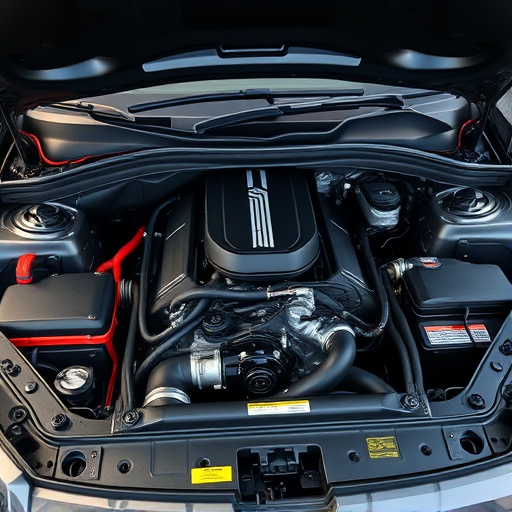
A turbocharger system is a powerful tool that significantly enhances a vehicle’s engine performance. It works by compressing more air than the atmospheric pressure, delivering it to the engine. This increased airflow allows for a larger amount of fuel to be injected into the combustion chamber, resulting in a more efficient burn and higher power output. The key components of this system—the turbine, compressor, and intercooler—work in harmony. The turbine extracts energy from the exhaust gases, driving the compressor which forces air through the performance air filters and into the engine. This forced induction provides a boost in horsepower and torque, especially at high altitudes or under heavy load, making it a popular choice for those seeking improved vehicle performance, including better acceleration and top speed. Furthermore, an efficient turbocharger system can also contribute to reduced fuel consumption and lower emissions, thanks to its ability to optimize air-fuel ratios.
The benefits of a turbocharger extend beyond pure power. When paired with high-performance exhaust systems, it allows for faster exhaust gas expulsion, improving engine breathing and further enhancing performance. This is why many high-performance vehicles are equipped with both a turbocharger system and a tailored exhaust setup. The combination contributes to a smoother power delivery and an exhilarating driving experience. Additionally, modern turbochargers often incorporate advanced technologies like variable geometry turbines and electronic control systems for optimal efficiency across a wide range of engine speeds.
Benefits and Considerations for Turbocharged Engines
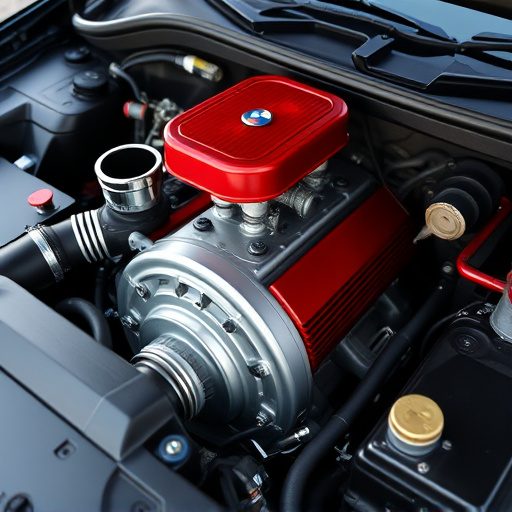
Turbocharged engines offer a range of benefits that make them a popular choice for vehicle manufacturers and enthusiasts alike. One of the key advantages is increased power and torque, allowing for improved acceleration and overall performance. This is achieved by forcing more air into the engine, enabling it to burn fuel more efficiently. A turbocharger system does this through a combination of compression and forced induction, where an exhaust gas-driven turbine spins a compressor, drawing in cold, dense air from the air intake systems. This results in a powerful boost that enhances engine performance, especially at higher altitudes or under heavy load.
When considering a turbocharged engine, several factors come into play. While they deliver superior performance air filters and can significantly enhance the efficiency of performance exhaust, proper tuning and integration are crucial. The right setup ensures optimal fuel injection, ignition timing, and ventilation to prevent problems like engine knocking or increased emissions. Additionally, modern turbocharger systems are designed for durability and reliability, but regular maintenance and monitoring are essential to ensure peak performance and longevity, especially in high-performance applications.
A turbocharger system, with its intricate balance of components, offers significant advantages in engine performance and efficiency. By compressing intake air, it provides a boost that enhances power and torque, making it a popular choice among car enthusiasts and manufacturers alike. Understanding how this technology works allows us to appreciate the art and science behind it, while also considering practical aspects like maintenance and compatibility for optimal utilization of a turbocharger system.

